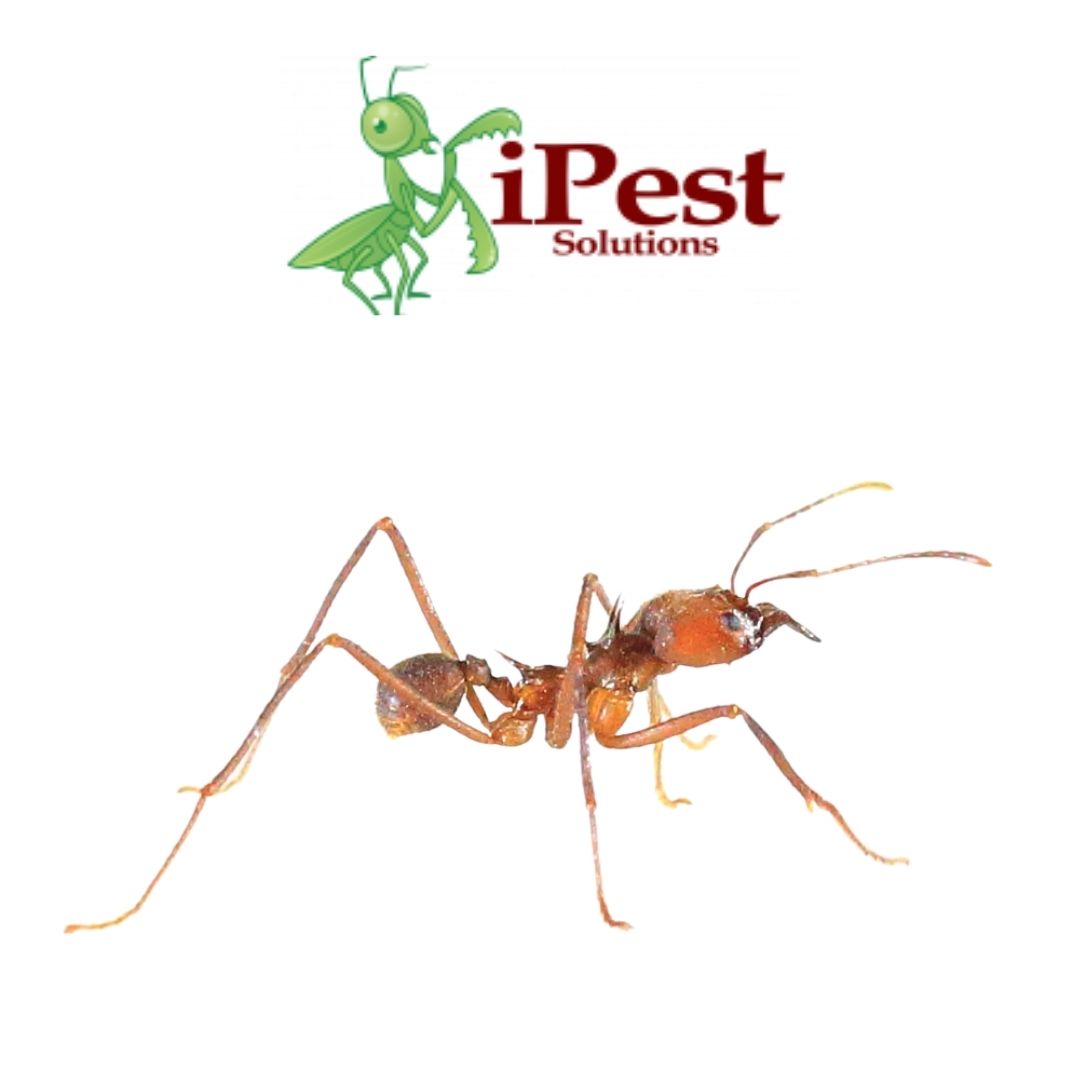Fire ants have a complex life cycle that consists of four stages: egg, larva, pupa, and adult.
- Egg: The fire ant queen lays eggs, which are small and white, and typically laid in clusters of up to 500. The eggs are tended to by worker ants, who keep them clean and protect them from predators.
- Larva: After about a week, the eggs hatch into legless, grub-like larvae. The larvae are fed by worker ants, who provide them with a special liquid called “brood food.” The larvae molt several times as they grow, and during this time, they remain in the nest and are protected by the workers.
- Pupa: After several weeks, the larva spins a cocoon and enters the pupal stage. The pupa is also tended to by worker ants and undergoes metamorphosis, developing into an adult ant. The pupal stage can last for several weeks to several months, depending on environmental conditions.
- Adult: Finally, the adult ant emerges from the cocoon. At first, it is pale and soft-bodied, but it hardens and darkens within a few hours. The adult ants are responsible for foraging for food, caring for the young, and defending the colony. The queen is the largest and most important ant in the colony, as she is responsible for laying eggs and ensuring the survival of the colony.
The entire life cycle of a fire ant takes about six to eight weeks under favorable conditions, although this can vary depending on environmental factors such as temperature and humidity.







